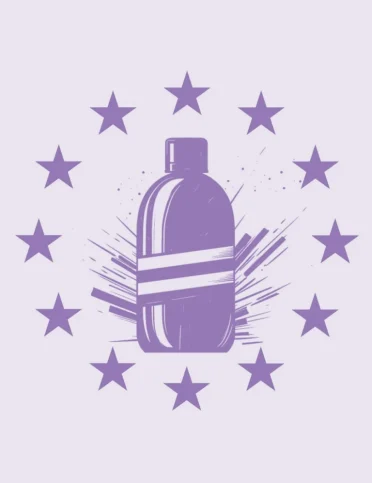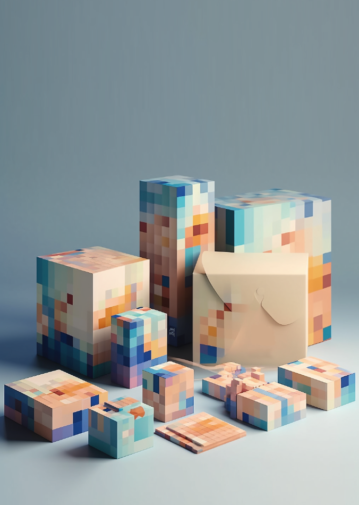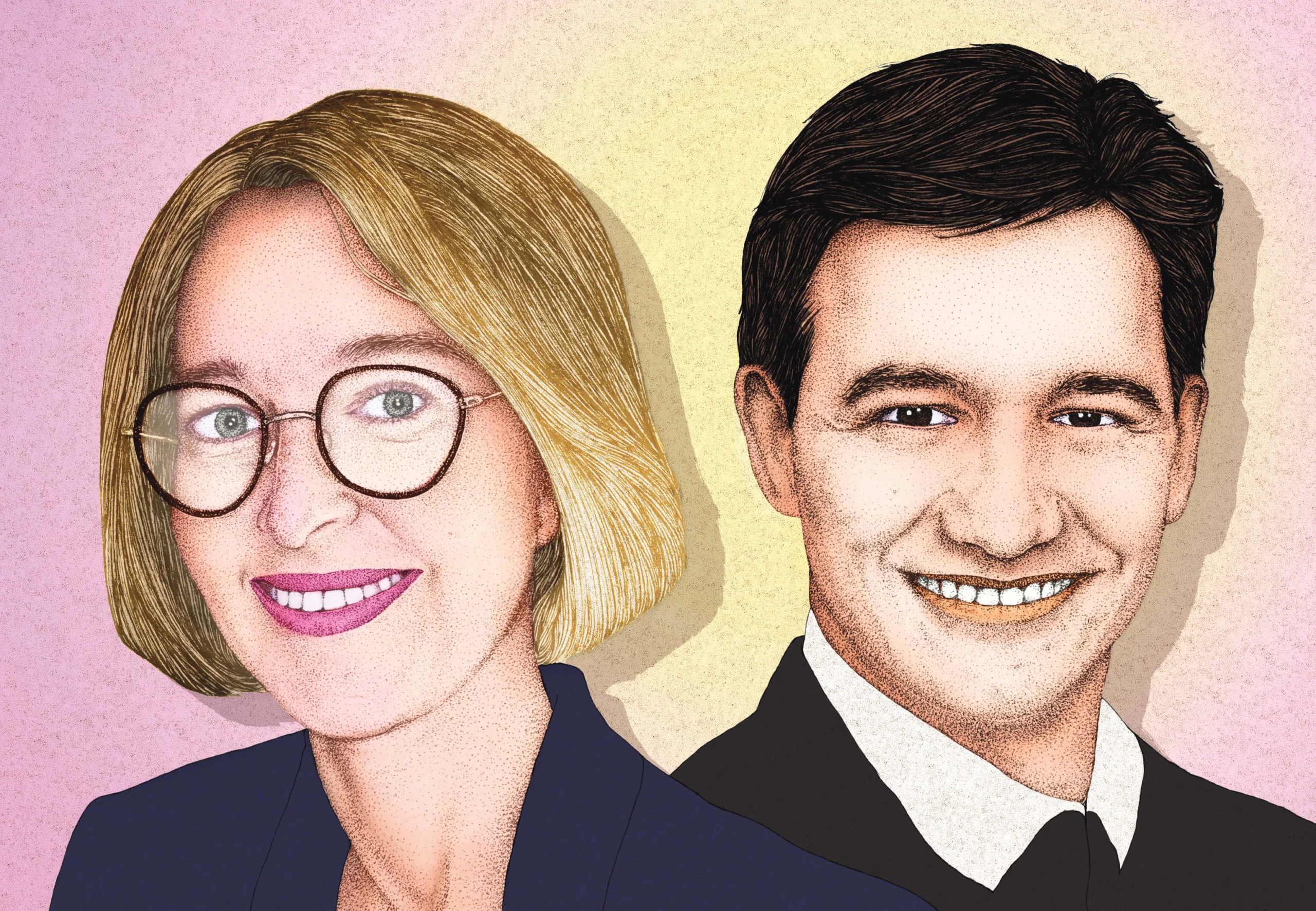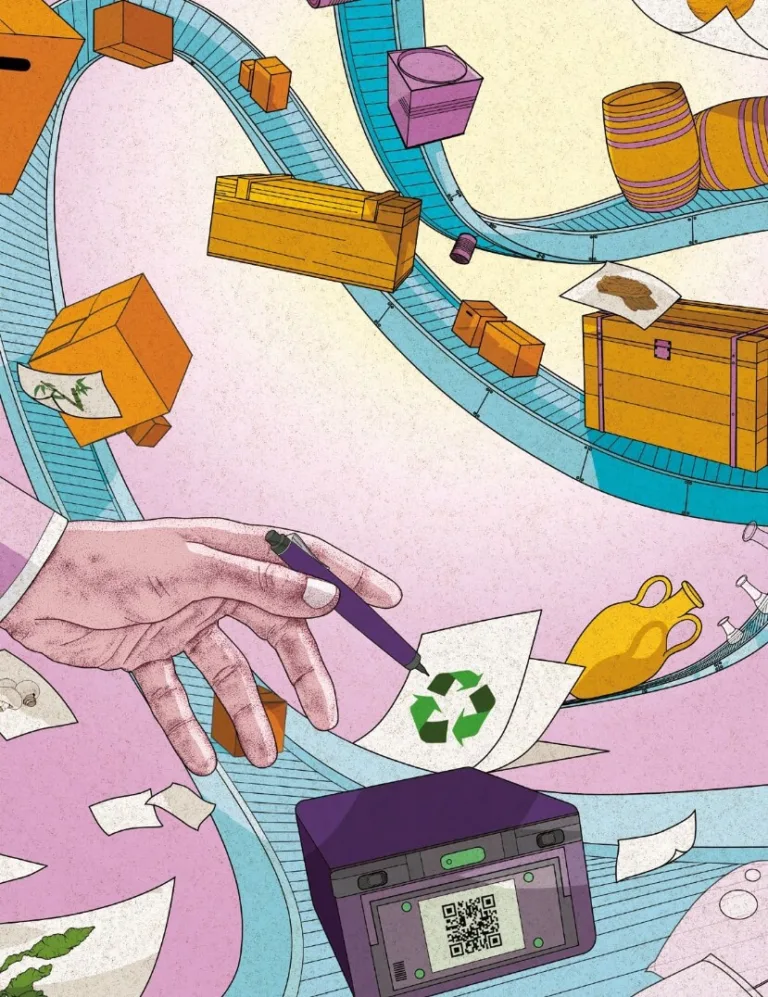Splendors and miseries of packaging
Each of us handles about fifty a day1 and yet, it has never been so criticized. The ultimate avatar of the self-service economy, will packaging be able to reinvent itself in light of the ecological crisis and continue to evolve, as it has been able to do for centuries?
"It has existed since the beginning of civilization, so that shards, dishes and wineskins make part of the objects that archaeologists often discover with jewelry and weapons. Containers of fired clay dough probably dating from 6500 BC. have for example been found in the Middle East."
“It is clear that from the consumer’s point of view, the marketing and communication function has taken precedence over the technical functions,” comments Benoît Heilbrunn. And that is the tragedy of packaging: we end up seeing it only as a weapon of market manipulation, when that is only one of its functions. This criticism is aimed more particularly at secondary packaging (protecting the primary packaging in contact with the product), sometimes considered excessive.
Primary packaging, meanwhile, has continued to improve in order to better fulfill its conservation mission, i.e. the guarantee of “consistency in product quality throughout the manufacturing-distribution-consumption chain”. The user experience is also being refined by allowing optimized gestures, exact dosage and the provision of integrated and efficient applicators. Packaging has actually gone beyond its function of protection and communication to become intelligent and help the consumer in the daily use of the container and its contents. Does the consumer only measure the technical progress and the level of complexity required in the design of contemporary packaging?
Packaging has a bright future ahead of it,” on condition of “reinvesting the technical functions of the pack at the expense of its marketing functions alone, so that the consumer buys the product and not the packaging.










